How to Teach Main Idea and Supporting Details – 5 Simple Steps
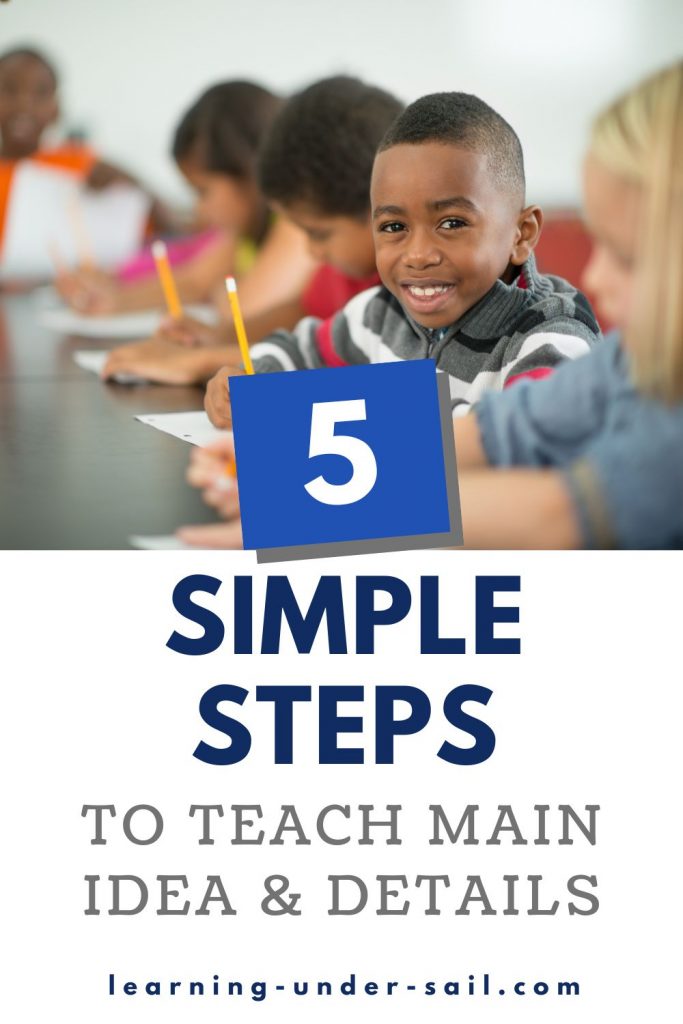
As teachers, we often learn how to teach main idea and supporting details by teaching students that the main idea is the “big idea” or “what it’s all about,” but these strategies are often too abstract for students to understand and identify the main idea of a paragraph or passage. Here are five simple steps that give students a strategy to identify main idea and details.
How to Teach Main Idea and Supporting Details
Step 1 – Sort Pictures
Begin with sorting pictures or even small objects. Discuss what they have in common. How are they the same? How are they different? See below for sorting ideas.
Step 2 – Label Each Sort
After sorting, label each category. You can now start relating the topic, or what each category has in common with the main idea. Point out that the details are related and although they have something in common, they are separate ideas.
Step 3 – Introduce Graphic Organizers
Introduce different graphic organizers. Use the same pictures, objects, and topic labels from steps 1 and 2 to show the different ways that the main idea and details can be shown in different graphic organizers.
Step 4 – Repeat with Words
Next, move from pictures to words. Gather two sets of words that describe places, events, occupations, or any other two ideas that can be compared. Give these words to students and tell them to sort them into two categories. After students have sorted their words, discuss what each group of words has in common. Create labels for each category, just like you did with the objects or pictures in step
Step 5 – Organize Phrases and Sentences
Now it’s time to put it all together and use phrases and sentences. Take a paragraph with a clear main idea and type it out onto strips, out of order. Have students use what they know about main idea and details to determine the main idea and put the paragraph back in order. Use the same type of language you used when you were sorting objects, words, and pictures. Ask students what the sentences have in common. Which sentences tells about the other sentences? You can bump up the rigor by adding a detail that does not belong. Students will need to decide that this detail does not fit with the other ideas in the paragraph and place this detail to the side.
Follow these five simple steps to take your students to main idea mastery in a matter of a few weeks.
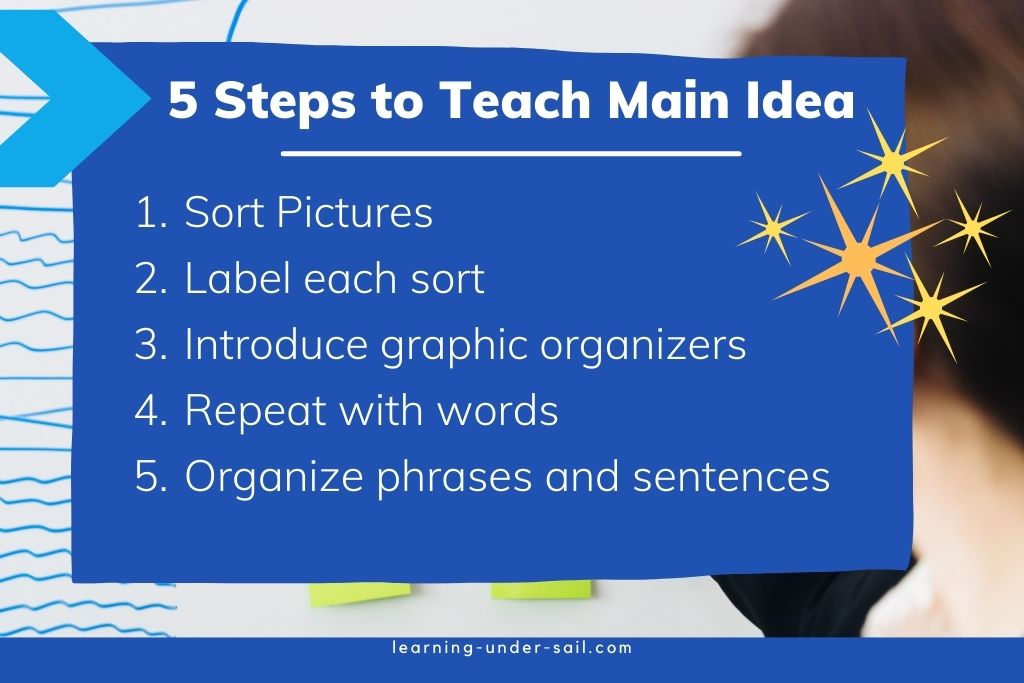
Tips for How to Teach Main Idea and Supporting Details
Here are a few notes to keep you and your students on track:
Do not skip steps.
Although steps 1 and 2 seem super simple, many students need this experience as an anchor activity for understanding. When choosing your sorting objects or pictures, try to choose two things that can be considered related but different. For example, baking a cake and making a salad are related because you prepare both items to eat with ingredients from the kitchen; however, each recipe requires different ingredients, different preparation, and creates a different product.
Do not give students the main ideas with the sort.
Steps 1 and 3 are meant to be open sorts where students analyze the ideas and decide what ideas go together and what they have in common. This can be tough for some students, so don’t rush this process. Once students learn to analyze and categorize pictures, they will have a strong foundation for analyzing sentences, paragraphs, and passages.
Use nonfiction paragraphs when you begin Step 5.
Help your students identify the main idea patterns quickly by choosing a nonfiction paragraph in step 5 that has a clear main idea and details. For example, find a paragraph that starts with, “Many animals…” then, each detail would tell about an animal with this characteristic that was listed in the main idea.
Be consistent when using graphic organizers.
The two graphic organizers I use are the notes and the web graphic organizer. The notes graphic organizer has the main idea at the top and a bulleted list as the details. The web graphic organizer has the main idea in the middle and the details connected to the main idea with a line. I use these graphic organizers because I teach in Virginia and these are the graphic organizers we have seen on released state tests. Feel free to use the main idea graphic organizers that best serve your classroom, just be consistent.
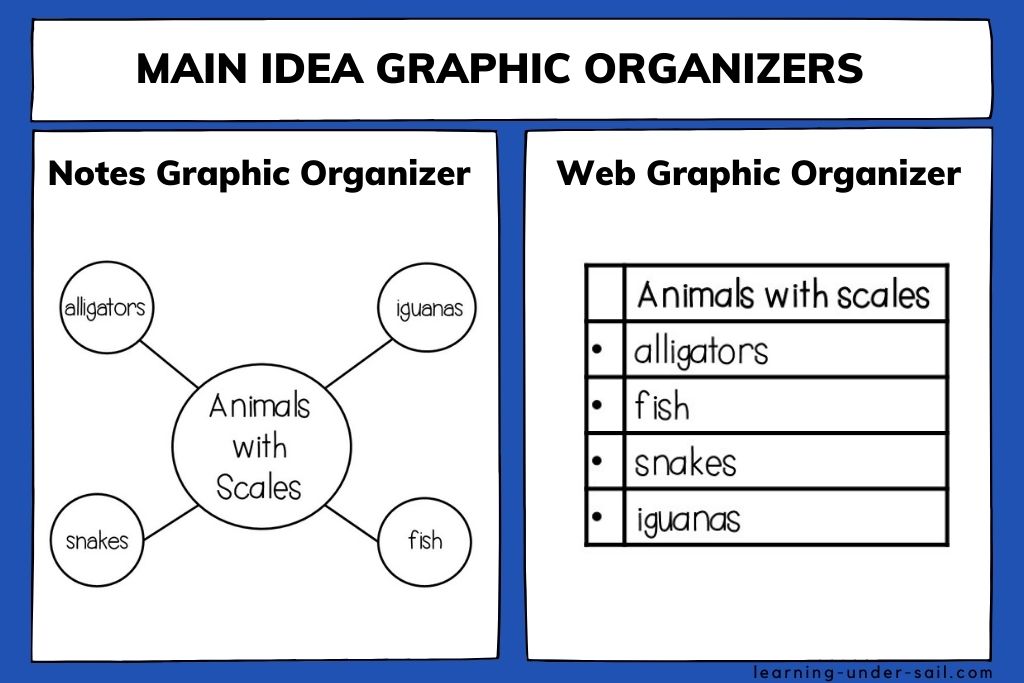
Connect your content.
Remember that nonfiction features such as titles, headings, table of contents, and indices are related to the main idea. These skills can be taught in isolation when they are first introduced, but it is a great practice to use them during your science and social studies lessons.
Teach the difference between a passage and a paragraph.
This sounds simple, but it is important in the world of standardized testing. Students often confuse these words because they start with the same letter and the words are about the same length. Take a few minutes to compare the two words and make sure that students understand the difference and remember to read each word carefully.
Picture and topic ideas for Steps 1 and 3
- If you are lucky enough to have access to money and materials there are a variety of math counters available that are great for sorting topics. For example, you could use transportation manipulatives and sort the items into vehicles that drive and vehicles that fly or you could use the pet math counters and sort by animals with legs and animals without legs.
- Another way to bring your lesson to life is to make your own sort with items from your house or classroom. For example, you can bring in salad ingredients and baking ingredients for students to sort as a class or small group.
- Pictures are a great alternative if you are short on time or supplies. Try to choose items that fit into the same category. Animals are always an easy topic. Depending on your students’ background knowledge, you could sort by habitat, body coverings, or movement.
- When you get to the word sorts, think about school experiences that students share, for example going to the cafeteria vs. going to the library or field day vs. the winter performance.
- You can also look for inspiration in science and social studies lessons. In Virginia, third graders learn about ancient civilizations, so they could sort ideas from two civilizations onto a chart, give the chart a label, and label each column with the topic, or main idea. You can even take this activity a bit farther and have students choose a column and write a paragraph with a clear main idea and supporting details.
Short on time and need some premade main idea lessons and activities? Check out my Main Idea and Detail Resources.
Need some more tips on how to teach main idea and supporting details? Check out these related articles:
Teaching Main Idea So Students Actually Understand by Teaching Made Practical
Teaching Main Idea and Details by Lucky Little Learners
Try tying sketch noting to identifying the main idea by learning more about sketch noting:
What are Sketch Notes and How can I Use Them To Help My Struggling Readers
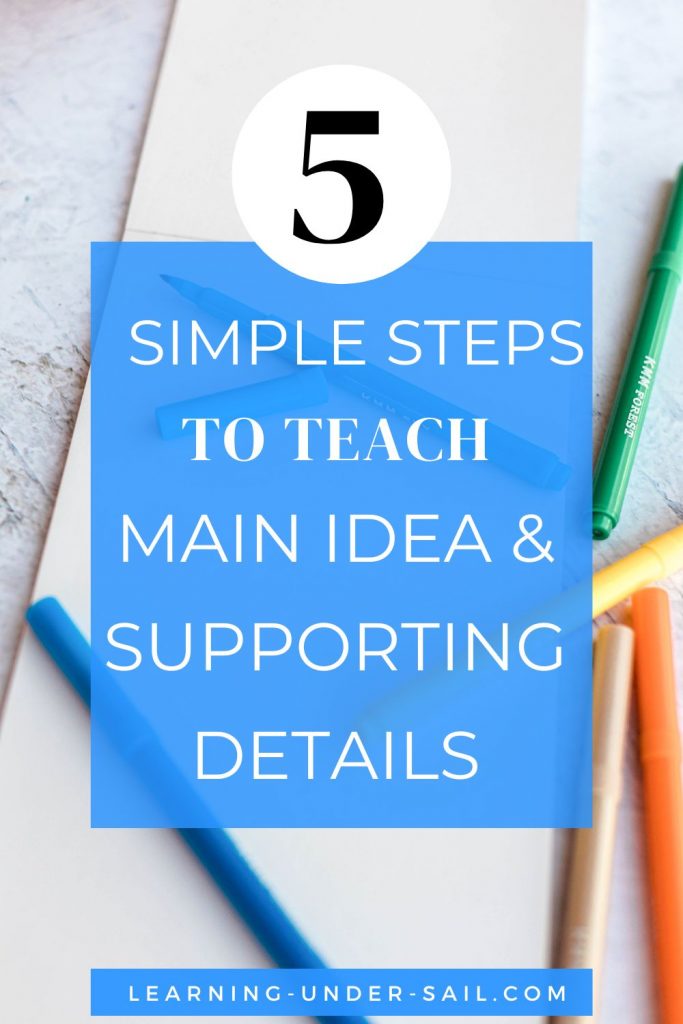
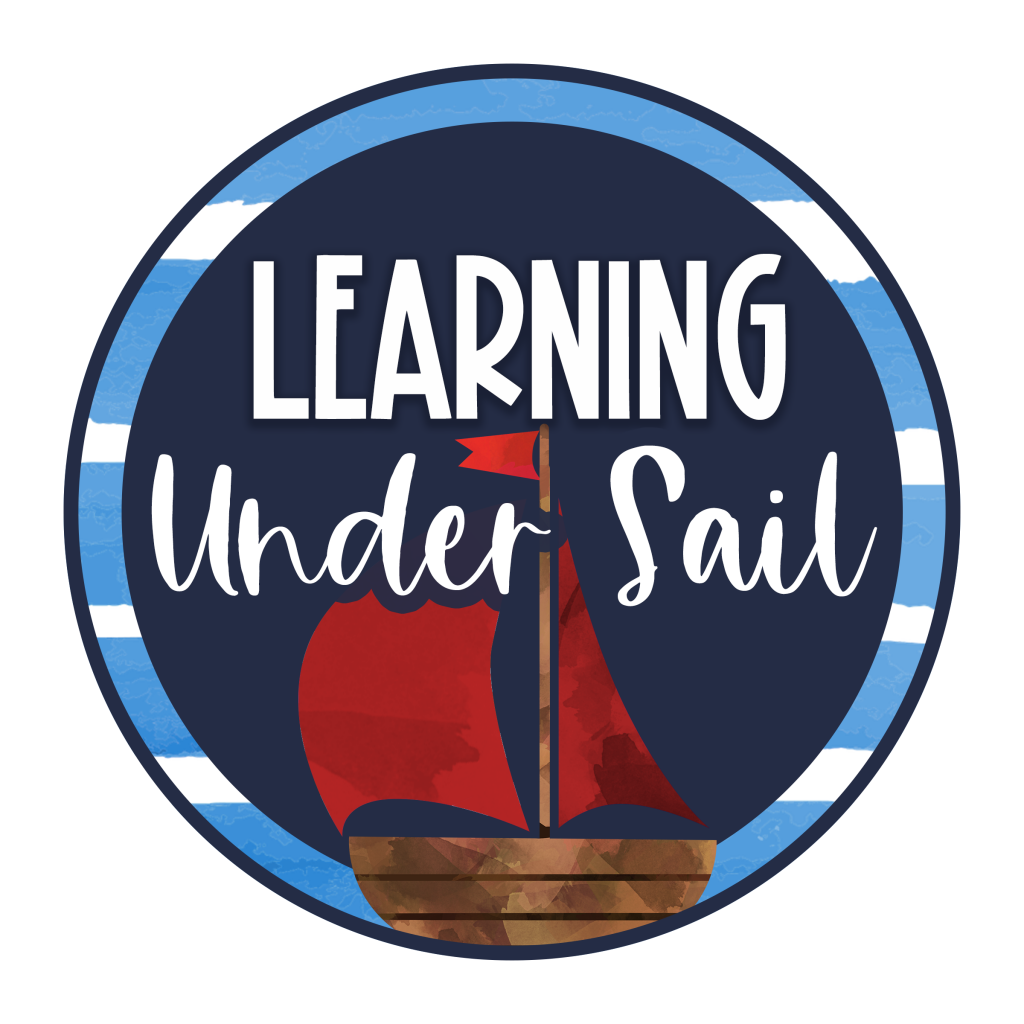

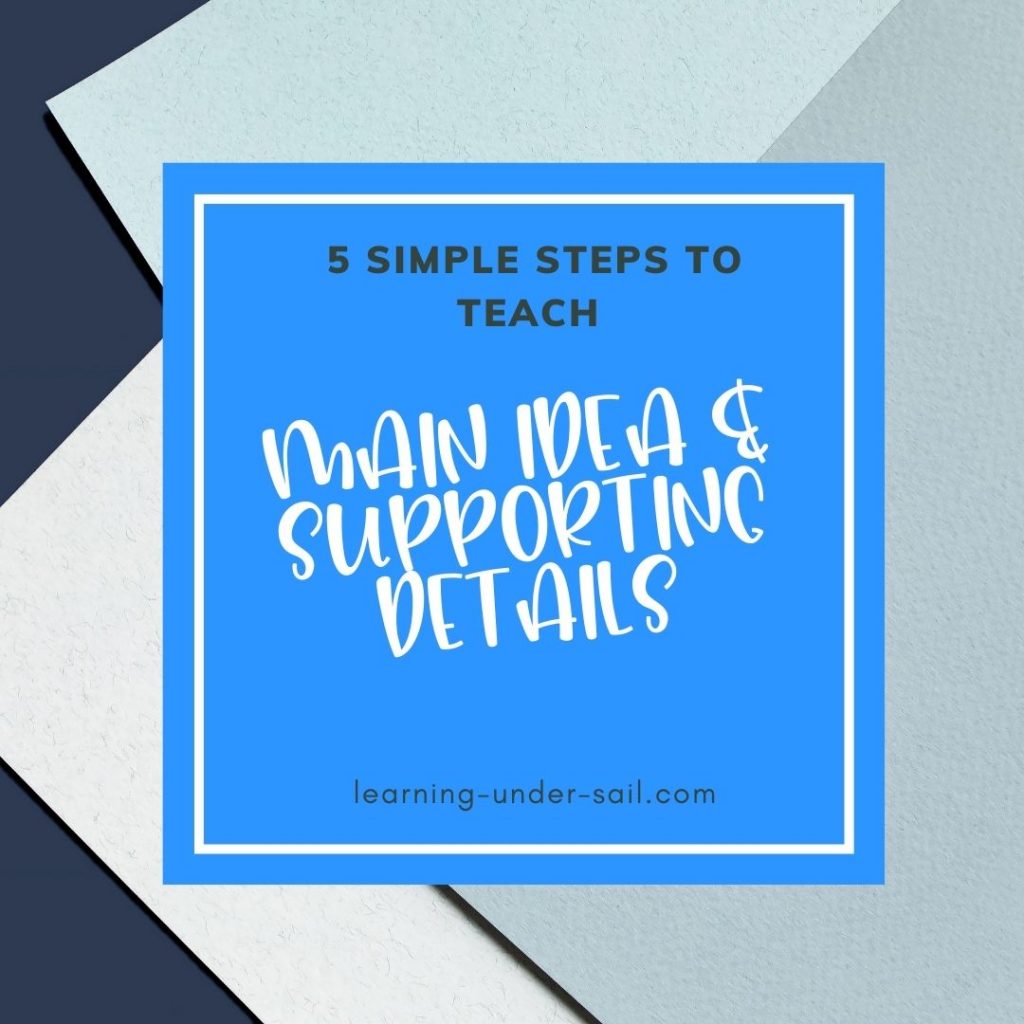
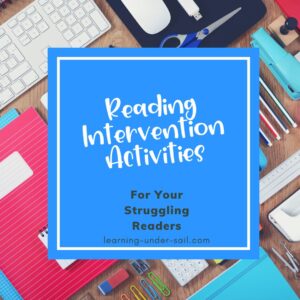
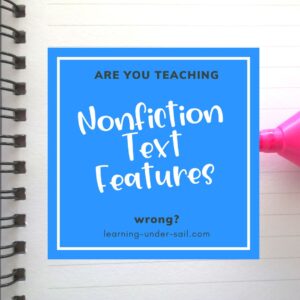
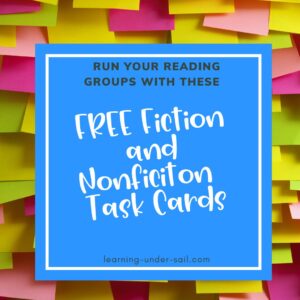
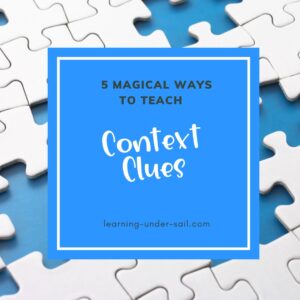
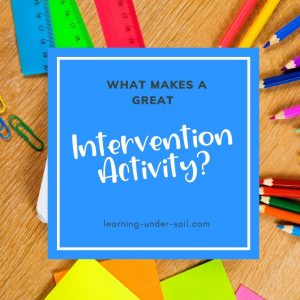
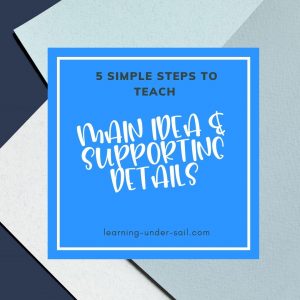

One Response